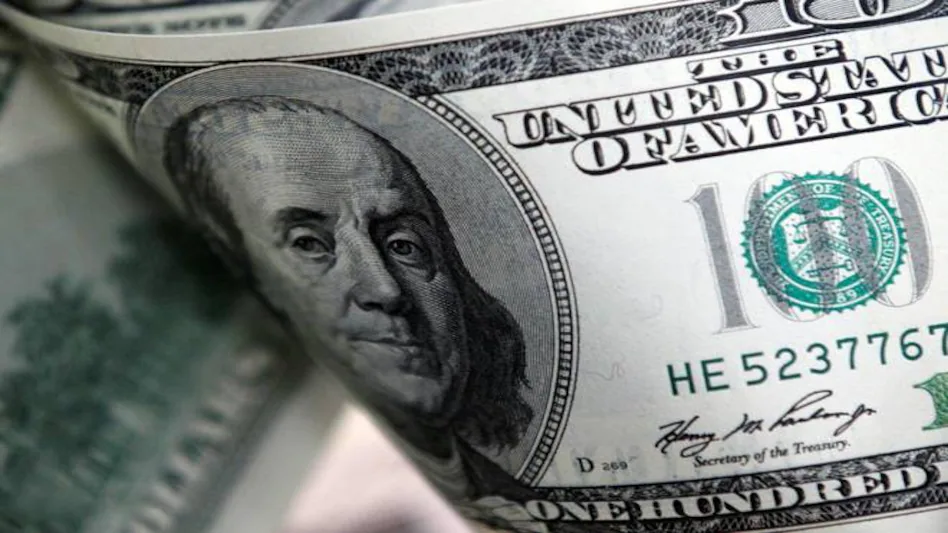The dollar climbed on Friday as traders fled riskier currencies amid rumors of central bank interest rate hikes and fears about the spread of Omicron infections.

Following a succession of central bank policy pronouncements, the dollar index surged 0.7 percent against major currencies, regaining all of the value it had lost on Thursday.
Following two days of advances, the euro and the British pound sank 0.8 percent and 0.6 percent, respectively. The euro is currently trading at $1.1239, while the pound is trading at $1.3236.
The Canadian dollar has dropped the most in three weeks as risk appetite wanes.
The Canadian dollar fell 1% to 1.2895 Canadian cents, or 77.54 US cents, its lowest level since November 26.
Stocks slumped around the world, while the price of oil, one of Canada’s main exports, plummeted 2.1 percent to $70.86 per barrel.
The dollar was unchanged versus the yen.
Oil prices have dropped for the week as a result of the Omicron concern.

Crude oil prices plummeted 2% on fears that the Omicron model will depress demand. Commodity-linked currencies, such as the Australian and Canadian dollars, also lost value.
Read also: How to Invest in Commodities – Beginners Guide
Brent crude futures declined $1.50, or 2%, to $73.51 per barrel, while WTI crude slid $1.53, or 2.1 percent, to $70.87 per barrel in the United States. Brent was down 2.6 percent this week, while WTI was down 1.3 percent.
The Australian dollar dropped 0.8 percent to $0.7124.
Omicron is more probable than Delta to re-infect.
According to a new study from England, the probability of reinfection with the Omicron coronavirus variety is more than five times higher than the Delta version and shows no signs of becoming milder. The findings were made public as European nations consider tightening travel and social restrictions.
In the US, Federal Reserve Governor Chris Waller stated that an interest rate hike will be necessary shortly after the Fed’s asset purchases expire in March.
Earlier this month, New York Fed President John Williams told CNBC that by completing bond purchases by March, the Fed will obtain “optionality” to raise interest rates in 2022.
In response to inflation running at multi-decade highs and well beyond the Fed’s 2 percent objective, the Fed indicated this week that it may need to hike rates in three 0.25 percentage point stages this year.
Traders are comparing fluctuating interest rates across currencies as central banks modify monetary policies at varying rates in the face of chronically rising inflation and the threat of the Omicron.
The disparity between US and German two-year government bond yields increased throughout the day, reaching its widest in a week, reflecting the euro’s weakening.
Some economists have warned against reading too much into exchange rate fluctuations at this time.
TD Securities strategists wrote in a note to investors on Thursday:
“We expect price movement will have limited instructive value in the coming days.”
According to strategists, as FX markets work off some lingering positioning excesses, the USD may consolidate through year-end.
The dollar index had risen roughly 8% since May, to 96.6590.
Bitcoin, the most popular cryptocurrency, lost 3% to $46,335.

Leave a Reply